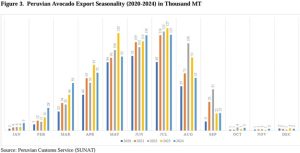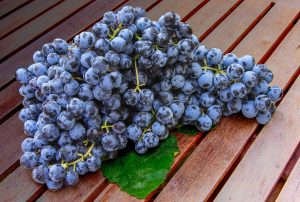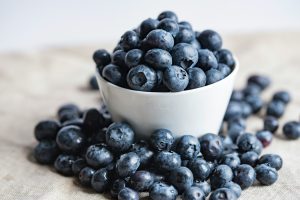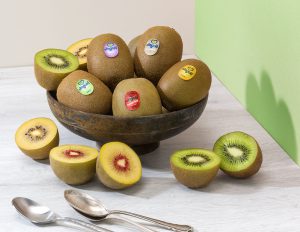Peru is a major global producer of avocados, primarily growing two varieties—Hass, which dominates export markets, and Fuerte, which is mainly consumed domestically. The majority of avocado production is concentrated in the coastal and highland regions, with the coastal areas contributing significantly due to advanced irrigation systems that draw water from the Andes. The desert coast, where most large-scale producers operate, has seen substantial growth in avocado production, driven by efficient water management practices and expanding cultivated areas.
In 2024, unfavorable weather conditions disrupted the biological cycle of avocado trees, leading to lower yields. Heavy rains, extreme UV radiation, high winds, and intense sunlight negatively impacted flowering and fruit development. While production is expected to improve in 2025, continued weather variability remains a concern. La Niña, which brings cooler coastal waters, may affect flowering and reduce fruit set, impacting the upcoming harvest.

The domestic market in Peru is dominated by green-skinned avocado varieties, including the popular Fuerte. Domestic consumption is stable, with marketing efforts by the Hass Avocado Producers of Peru (PROHASS) encouraging greater consumption of the Hass variety in local supermarkets. Despite steady demand, domestic prices have risen, partly due to higher production costs, fuel expenses, and shipping delays, which have tightened margins for wholesalers and retailers.
RELATED NEWS: Westfalia Fruit: Total utilization of avocado
Larger-scale producers, who account for half of Peru’s export volume, rely on advanced irrigation systems and modern cultivation practices to maintain output. Drip irrigation, combined with sensors and automation, supports efficient water use in the desert coastal regions. These producers have been key to Peru’s emergence as a leading global avocado supplier.
While Peruvian avocados enjoy strong demand in international markets, the industry must contend with unpredictable weather patterns and rising production costs. The continued expansion of planted areas and investment in efficient water management are expected to sustain growth, but climate variability will remain a critical challenge for growers.























